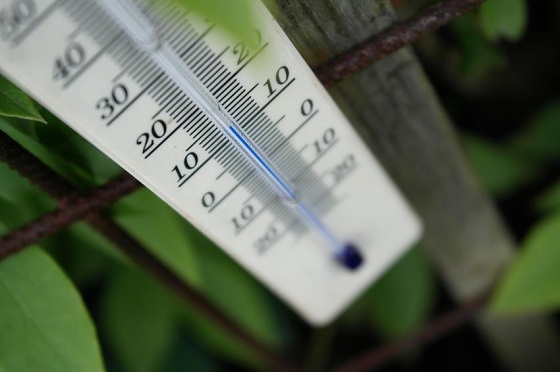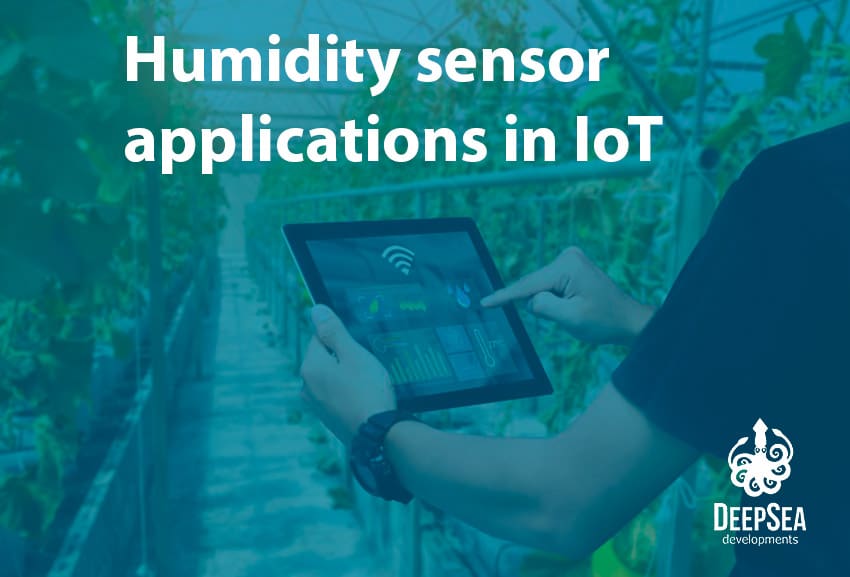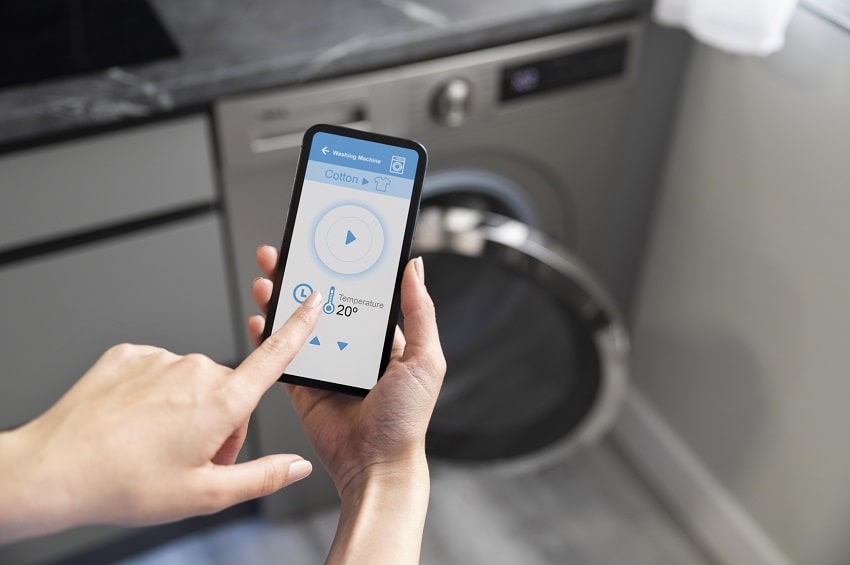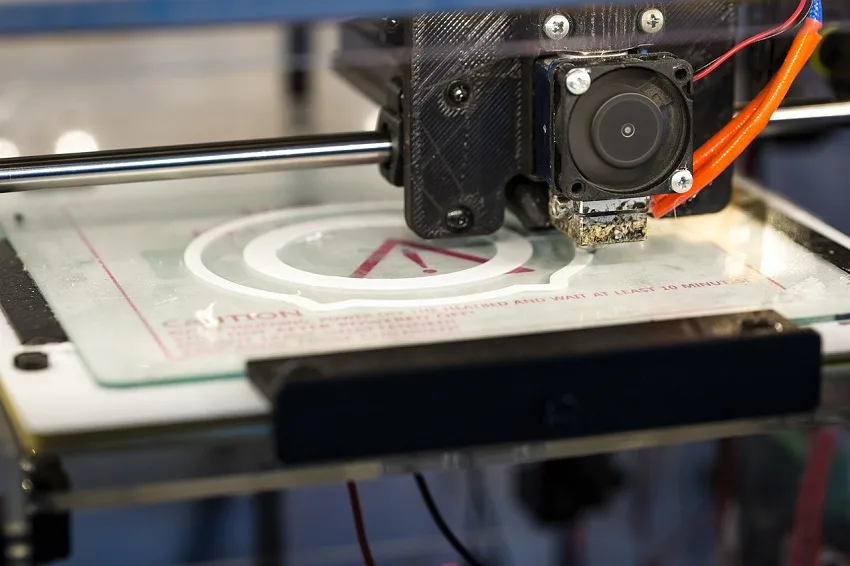In this article we want to talk about humidity sensors, they are very interesting IoT sensors that are commonly used in different devices and markets. Let’s see what are their benefits and applications in IoT.
What are humidity sensors?
Humidity sensors are electronic devices that can measure the amount of moisture or humidity in specific environments. These sensors can take the gathered signals and transform them into data; where an IoT device, software or app reads the information. Usually this technology is used to monitor humidity in a city (meteorology), but they are also used in HVAC systems, smart buildings, wearables, industries, medical devices, and IoT products.
Types of humidity sensors and applications
There are several types of humidity sensors that can be used for Internet of Things products. Among the most popular, we can find capacitive, resistive, and infrared sensors, since they are cost-effective, reliable and accurate.
Capacitive humidity sensors:
This type of sensor uses a capacitive element that changes its capacitance in response to changes in humidity. Its main characteristics are ease of use, low-cost, high accuracy, and long-term stability.
For example, this humidity sensor can be used for measuring and checking liquid levels in specific containers.
Resistive humidity sensors:
Also known as electrical conductivity sensors. They use a thin polymer film that changes its resistance in response to changes in humidity. They present the same benefits of the capacitive sensors, that is, low-cost, and high accuracy, however, these humidity sensors have a shorter lifespan than capacitive sensors.
Resistive humidity sensors are commonly used in the automotive industry, and smart food packaging businesses.
Infrared humidity sensors:
This type of humidity sensor uses infrared radiation to measure humidity. They are highly accurate and fast. However, they are expensive.
Some applications of these sensors include HVAC systems, and industrial processes.
Optical humidity sensors:
These devices measure humidity through the absorption of light. These types of sensors are highly accurate, they are fast, and they have a lower price compared to infrared humidity sensors.
IoT Humidity sensor examples
Maybe you already know what is IoT, but perhaps, you don’t know humidity sensors in the Internet of Things devices are quite popular. For example, some smartphones bring these kinds of sensors to measure the level of humidity in the phone to guarantee a safe charging of the device.
Through a good programming of IoT protocols and humidity sensors, wearable devices like smartwatches can monitor humidity of the environment or air around the user. This is useful for providing information on local weather conditions.
For instance, there are smart baby monitors that can measure the humidity of the bedroom where the baby is sleeping. You can find more details in our article about IoT devices examples.
What are the benefits of humidity sensors in IoT?
Humidity sensors can provide a great number of benefits for IoT analytics, since they gather important information for decision makers. And not only that, if you are looking forward for electronic product design, you need to consider all features a humidity sensor can give your device to make it more useful for your customers.
If we talk about healthcare, which represents a big market. The monitoring of humidity can help hospitals, labs and other facilities to take care of people that work there, as well as the patients that are being treated.

How do humidity sensors take care of people?
By monitoring the environment of the rooms, the risk of bacterial and fungal growth can be reduced, thus, the lower the risk of germs spreading, diseases and potential deaths.
Agriculture:
Humidity monitors are very important in agriculture, since they can analyze the moisture content of the soil, and thus, irrigation processes can be optimized to improve crop yields.

Smart building:
Smart buildings include temperature and IoT humidity sensors, which are useful for monitoring and controlling HVAC systems. Through this, air quality can be monitored, and reduce the risk of respiratory infections and allergies. Also, good programming and setup (firmware vs software) of humidity sensors throughout the building help to reduce energy consumption and provide a comfortable environment inside it.
Smart home systems:
Smart thermostats and smart home systems are another example of devices that use IoT humidity sensors, which are used to control the humidity level in a room.
These applications of humidity sensors are a great ally to home energy management systems, since they contribute to reduce the energy consumption levels at home through automated processes.
Through automation, homeowners don’t have to worry about turning on or off the smart thermostat, since it will automatically analyze the humidity levels in a room and act accordingly.
We hope you find this information useful. If you have any questions regarding IoT product development services, and you want to learn more about how humidity sensors can be integrated into your device, contact us by clicking the button below, you will get a free consultation with our engineering team.






